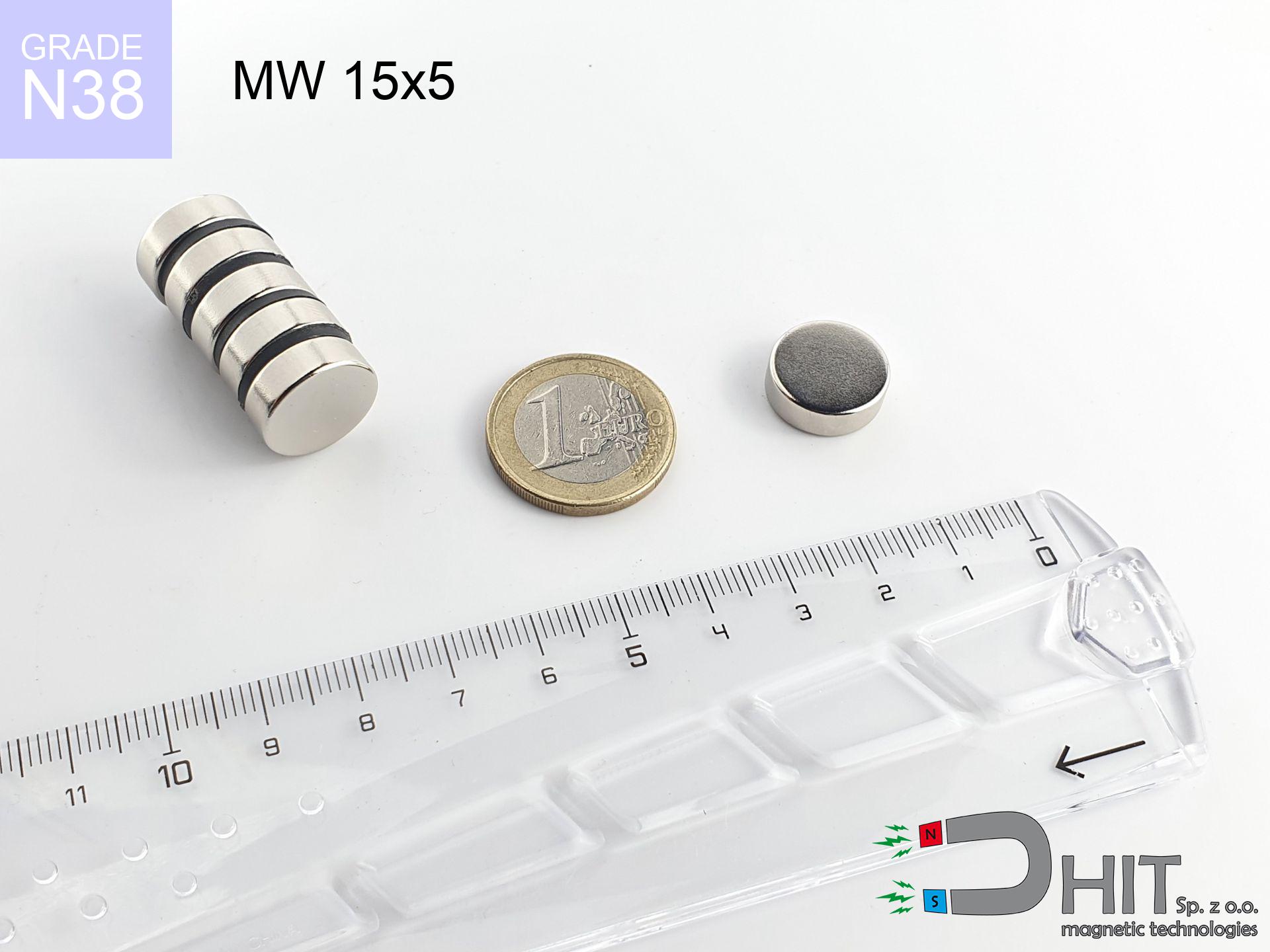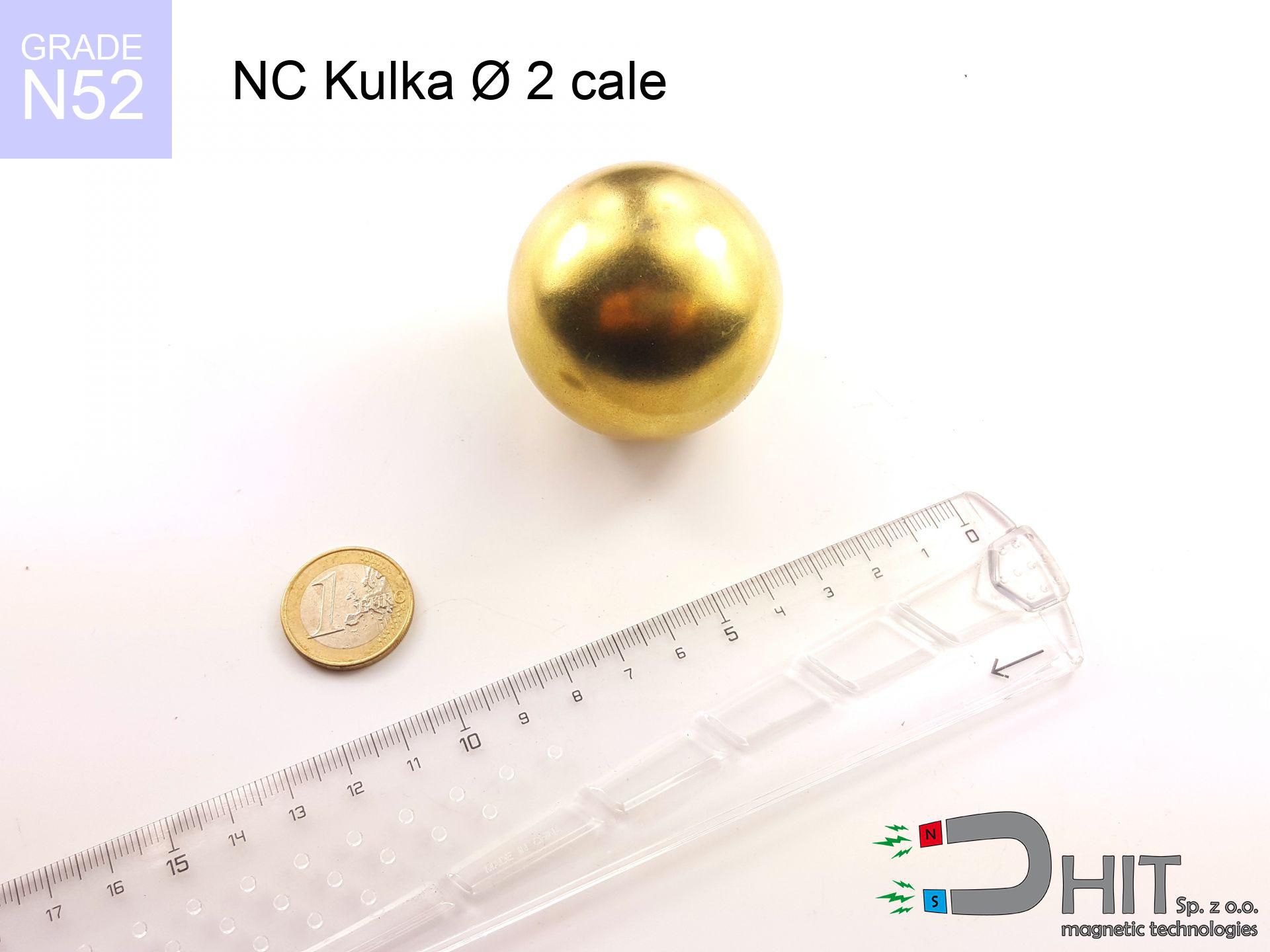UMGZ 42x20x9 [M8] GZ / N38 - magnetic holder external thread
magnetic holder external thread
Catalog no 190332
GTIN/EAN: 5906301813859
Diameter Ø
42 mm [±1 mm]
Height
20 mm [±1 mm]
Height
9 mm [±1 mm]
Weight
80 g
Load capacity
66.00 kg / 647.24 N
33.96 ZŁ with VAT / pcs + price for transport
27.61 ZŁ net + 23% VAT / pcs
bulk discounts:
Need more?
Give us a call
+48 22 499 98 98
or send us a note by means of
contact form
the contact page.
Strength as well as shape of a magnet can be tested using our
our magnetic calculator.
Orders placed before 14:00 will be shipped the same business day.
Physical properties - UMGZ 42x20x9 [M8] GZ / N38 - magnetic holder external thread
Specification / characteristics - UMGZ 42x20x9 [M8] GZ / N38 - magnetic holder external thread
| properties | values |
|---|---|
| Cat. no. | 190332 |
| GTIN/EAN | 5906301813859 |
| Production/Distribution | Dhit sp. z o.o. |
| Country of origin | Poland / China / Germany |
| Customs code | 85059029 |
| Diameter Ø | 42 mm [±1 mm] |
| Height | 20 mm [±1 mm] |
| Height | 9 mm [±1 mm] |
| Weight | 80 g |
| Load capacity ~ ? | 66.00 kg / 647.24 N |
| Manufacturing Tolerance | ±1 mm |
Magnetic properties of material N38
| properties | values | units |
|---|---|---|
| remenance Br [min. - max.] ? | 12.2-12.6 | kGs |
| remenance Br [min. - max.] ? | 1220-1260 | mT |
| coercivity bHc ? | 10.8-11.5 | kOe |
| coercivity bHc ? | 860-915 | kA/m |
| actual internal force iHc | ≥ 12 | kOe |
| actual internal force iHc | ≥ 955 | kA/m |
| energy density [min. - max.] ? | 36-38 | BH max MGOe |
| energy density [min. - max.] ? | 287-303 | BH max KJ/m |
| max. temperature ? | ≤ 80 | °C |
Physical properties of sintered neodymium magnets Nd2Fe14B at 20°C
| properties | values | units |
|---|---|---|
| Vickers hardness | ≥550 | Hv |
| Density | ≥7.4 | g/cm3 |
| Curie Temperature TC | 312 - 380 | °C |
| Curie Temperature TF | 593 - 716 | °F |
| Specific resistance | 150 | μΩ⋅cm |
| Bending strength | 250 | MPa |
| Compressive strength | 1000~1100 | MPa |
| Thermal expansion parallel (∥) to orientation (M) | (3-4) x 10-6 | °C-1 |
| Thermal expansion perpendicular (⊥) to orientation (M) | -(1-3) x 10-6 | °C-1 |
| Young's modulus | 1.7 x 104 | kg/mm² |
Material specification
| iron (Fe) | 64% – 68% |
| neodymium (Nd) | 29% – 32% |
| boron (B) | 1.1% – 1.2% |
| dysprosium (Dy) | 0.5% – 2.0% |
| coating (Ni-Cu-Ni) | < 0.05% |
Sustainability
| recyclability (EoL) | 100% |
| recycled raw materials | ~10% (pre-cons) |
| carbon footprint | low / zredukowany |
| waste code (EWC) | 16 02 16 |
Other offers
Advantages and disadvantages of Nd2Fe14B magnets.
Pros
- They have constant strength, and over nearly ten years their performance decreases symbolically – ~1% (according to theory),
- They are extremely resistant to demagnetization induced by external magnetic fields,
- Thanks to the glossy finish, the coating of nickel, gold-plated, or silver-plated gives an elegant appearance,
- Neodymium magnets generate maximum magnetic induction on a their surface, which increases force concentration,
- Neodymium magnets are characterized by extremely high magnetic induction on the magnet surface and can work (depending on the shape) even at a temperature of 230°C or more...
- Thanks to flexibility in shaping and the capacity to modify to individual projects,
- Fundamental importance in modern industrial fields – they are utilized in HDD drives, brushless drives, diagnostic systems, as well as complex engineering applications.
- Compactness – despite small sizes they provide effective action, making them ideal for precision applications
Cons
- At strong impacts they can crack, therefore we recommend placing them in special holders. A metal housing provides additional protection against damage, as well as increases the magnet's durability.
- Neodymium magnets demagnetize when exposed to high temperatures. After reaching 80°C, many of them experience permanent weakening of strength (a factor is the shape as well as dimensions of the magnet). We offer magnets specially adapted to work at temperatures up to 230°C marked [AH], which are extremely resistant to heat
- They rust in a humid environment - during use outdoors we recommend using waterproof magnets e.g. in rubber, plastic
- Due to limitations in realizing nuts and complex shapes in magnets, we recommend using a housing - magnetic mechanism.
- Potential hazard related to microscopic parts of magnets are risky, if swallowed, which is particularly important in the aspect of protecting the youngest. Additionally, tiny parts of these products are able to be problematic in diagnostics medical in case of swallowing.
- Higher cost of purchase is one of the disadvantages compared to ceramic magnets, especially in budget applications
Lifting parameters
Highest magnetic holding force – what affects it?
- with the contact of a sheet made of special test steel, ensuring full magnetic saturation
- possessing a massiveness of minimum 10 mm to ensure full flux closure
- with a surface perfectly flat
- under conditions of gap-free contact (metal-to-metal)
- during detachment in a direction vertical to the mounting surface
- in stable room temperature
Determinants of lifting force in real conditions
- Distance – existence of any layer (paint, dirt, gap) interrupts the magnetic circuit, which reduces capacity rapidly (even by 50% at 0.5 mm).
- Force direction – remember that the magnet holds strongest perpendicularly. Under sliding down, the holding force drops drastically, often to levels of 20-30% of the maximum value.
- Wall thickness – the thinner the sheet, the weaker the hold. Magnetic flux passes through the material instead of generating force.
- Steel grade – ideal substrate is high-permeability steel. Cast iron may generate lower lifting capacity.
- Smoothness – ideal contact is possible only on smooth steel. Rough texture reduce the real contact area, weakening the magnet.
- Temperature influence – hot environment weakens magnetic field. Exceeding the limit temperature can permanently demagnetize the magnet.
Lifting capacity was measured with the use of a steel plate with a smooth surface of optimal thickness (min. 20 mm), under perpendicular detachment force, in contrast under parallel forces the lifting capacity is smaller. Additionally, even a slight gap between the magnet’s surface and the plate reduces the lifting capacity.
Warnings
Machining danger
Fire warning: Rare earth powder is explosive. Do not process magnets without safety gear as this risks ignition.
Magnet fragility
NdFeB magnets are sintered ceramics, meaning they are very brittle. Collision of two magnets will cause them shattering into small pieces.
Danger to the youngest
NdFeB magnets are not toys. Swallowing several magnets may result in them attracting across intestines, which poses a severe health hazard and necessitates immediate surgery.
Physical harm
Mind your fingers. Two powerful magnets will snap together instantly with a force of massive weight, destroying everything in their path. Exercise extreme caution!
Precision electronics
A powerful magnetic field disrupts the operation of compasses in smartphones and navigation systems. Keep magnets near a device to avoid damaging the sensors.
Permanent damage
Keep cool. Neodymium magnets are sensitive to heat. If you need resistance above 80°C, inquire about special high-temperature series (H, SH, UH).
Respect the power
Handle magnets consciously. Their huge power can shock even professionals. Stay alert and do not underestimate their power.
Medical implants
Warning for patients: Powerful magnets disrupt medical devices. Keep at least 30 cm distance or ask another person to work with the magnets.
Electronic devices
Very strong magnetic fields can corrupt files on payment cards, hard drives, and storage devices. Stay away of at least 10 cm.
Metal Allergy
Certain individuals experience a contact allergy to Ni, which is the typical protective layer for neodymium magnets. Prolonged contact might lead to an allergic reaction. It is best to wear protective gloves.

![Magnet with screw UMGZ 42x20x9 [M8] GZ / N38 Magnet with screw UMGZ 42x20x9 [M8] GZ / N38](https://cdn3.dhit.pl/graphics/banners/magnet.webp)
![UMGZ 42x20x9 [M8] GZ / N38 - magnetic holder external thread](https://cdn3.dhit.pl/graphics/products/um-42x20x9-m8-gz-fof.jpg)
![UMGZ 42x20x9 [M8] GZ / N38 - magnetic holder external thread - ujęcie 2](https://cdn3.dhit.pl/graphics/products/umgw-42x20x9-m8-gz-cer.jpg)
![SM 32x325 [2xM8] / N52 - magnetic separator SM 32x325 [2xM8] / N52 - magnetic separator](https://cdn3.dhit.pl/graphics/products/sm-32x325-2xm8-xec.jpg)




